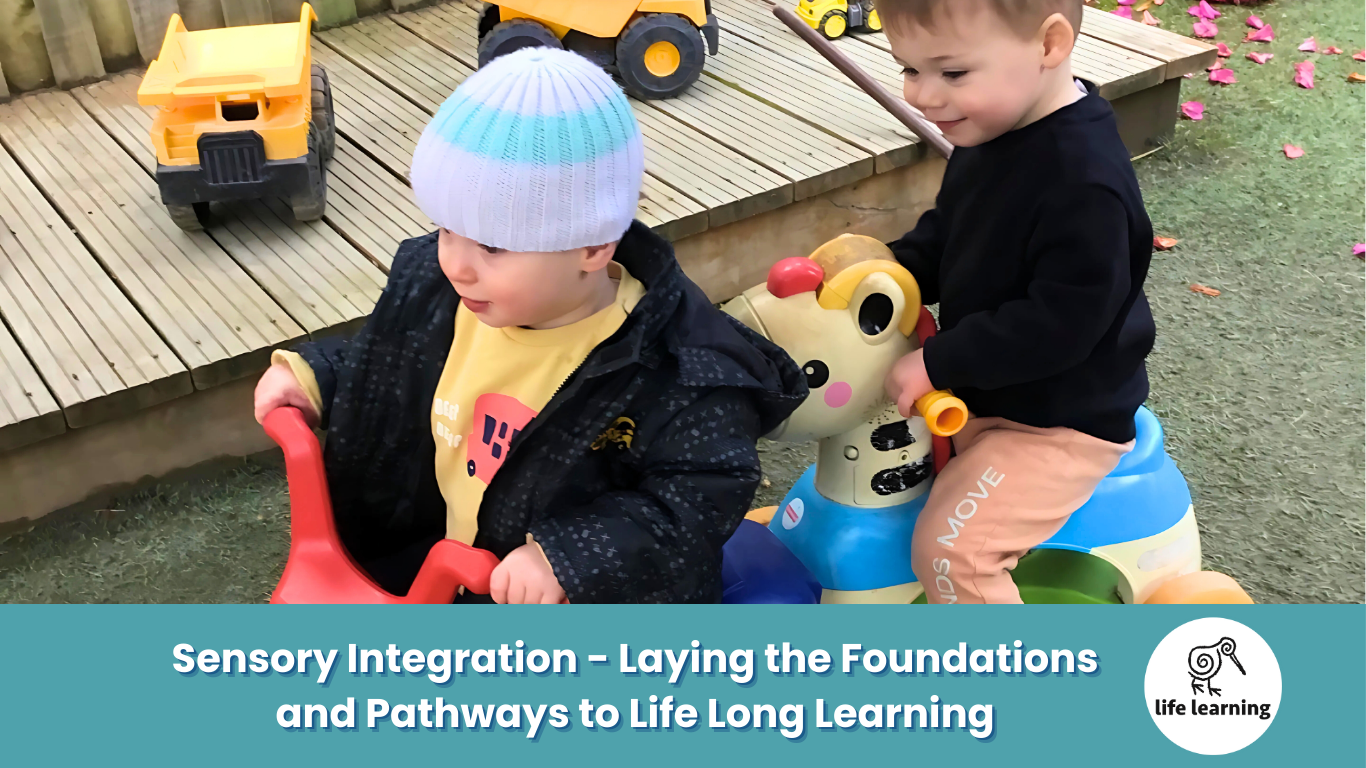


Sensory Integration – Laying the Foundations and Pathways to Life Long Learning
Sensory‐motor skills and integration forms the underlying foundation for academic learning and social behaviour. The movements and activities that infants, toddlers and pre-schoolers do, help to prepare their bodies and brains to learn. By developing sensory motor skills and integration, children become cognitively ready for learning, which in turn provides the foundations for academic success.
Sensory integration is a process that occurs in the brain. It allows us to take information through our senses, organise it and act and respond according to any situation. It is also the process which allows us to filter out any unnecessary sensory information.
Sensory skills are those such as vision, touch, smell, taste, hearing, vestibular (for balance movement and head positions) and proprioception (position and movement of the muscles and joints). Our sensory skills are responsible for receiving information from the environment and from the body.
Motor skills are the responses our brain prepares once it has received information from our senses. After processing that information from our senses, the brain relates things to past experiences, analyses that information and then responds accordingly.
A crucial period of development of sensory‐motor skills is from birth to approximately 7 years of age. During this time a child learns through their senses and through movement. The biggest learning in anyone’s brain happens between 0-3 and 3-6 years of age. This is where a child learns about their own body and experiences the world around them, and begins to make sense of the world they are in.
Babies are born with a brain full of neurons. Learning about the world they are in, through their senses develops pathways between these neurons. These neurons process the information we receive. They enable us to interact, as well as experience emotions and sensations. The more that the same or similar experiences occur, the stronger the pathway link becomes. Have you ever wondered why your child likes repetition – they enjoy the same book or singing the same song.
This is their natural way of the brain creating those strong pathway links. The stronger the pathway, the easier it is for a child to learn more about that part of the world, not just for now but for the rest of their life. Neurons create our memoires and enable us to learn.
Children ‐ and adults ‐ are hugely affected by poorly developed sensory‐motor skills. Learning difficulties, behavioural issues, concentration problems, self-regulation, poor attention, awkward body movements and clumsiness, as well as emotional reactions and responses that are not regulated, often have underlying problems with poor and under developed sensory‐motor skills.
By providing children with a wide range of experiences at Nursery and Little School that involve children’s senses, we are helping to develop these strong brain pathways. These Pathways will help them to learn and lay the foundations for lifelong learning and academic success.
Life Learning Courses Launching Soon!
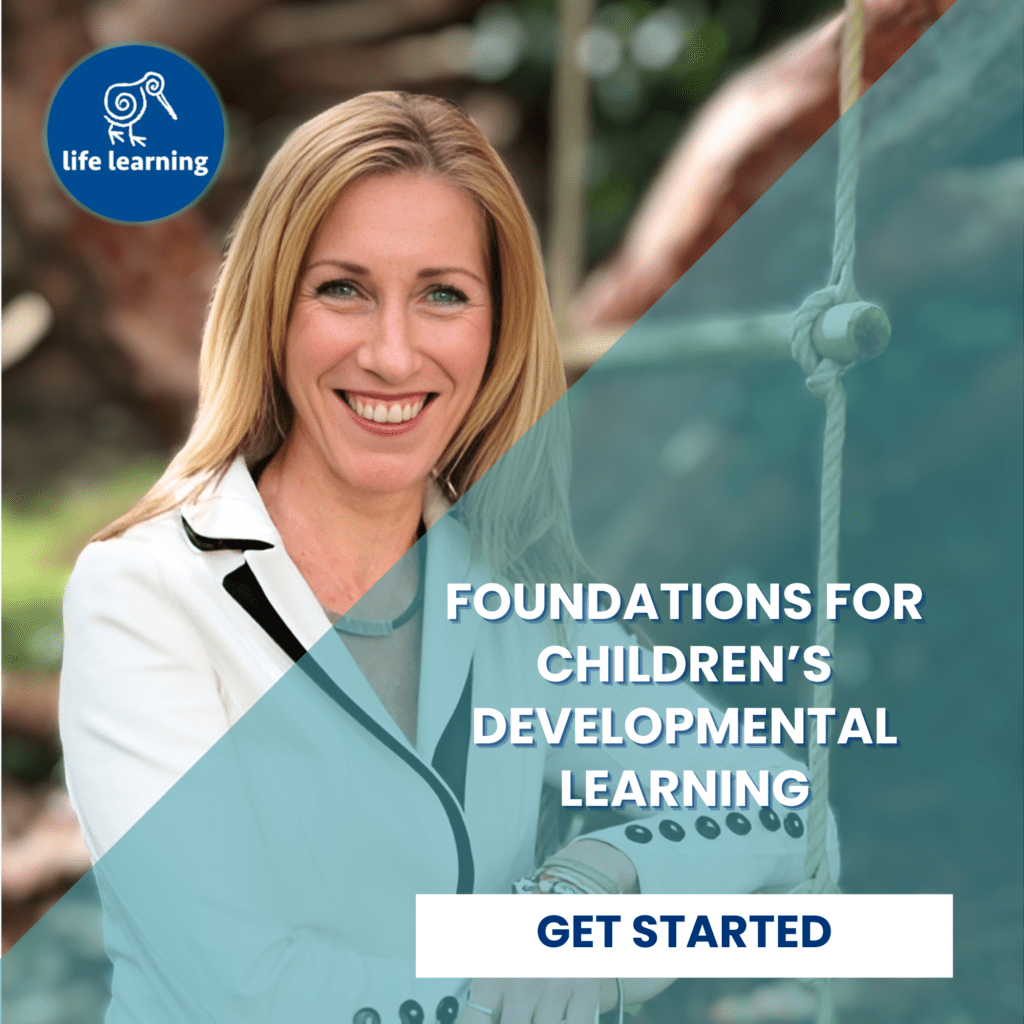
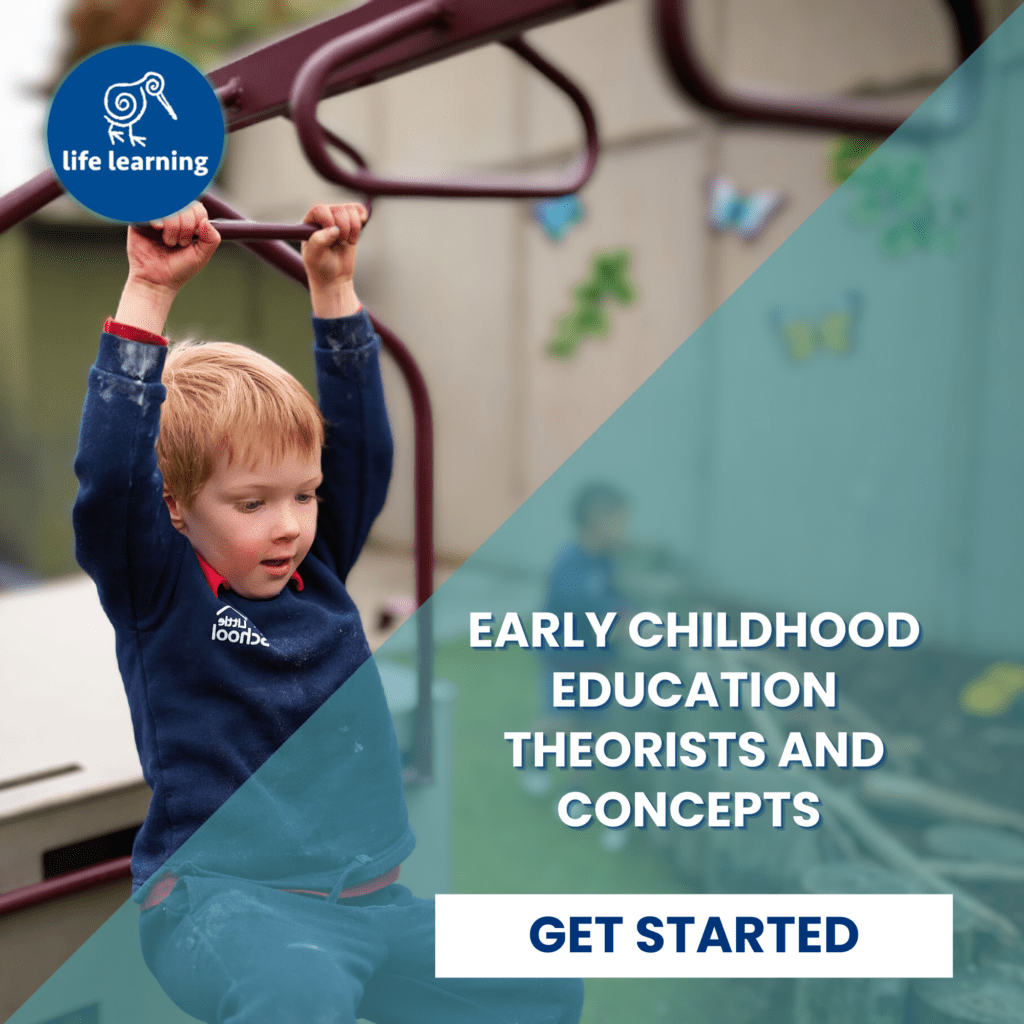
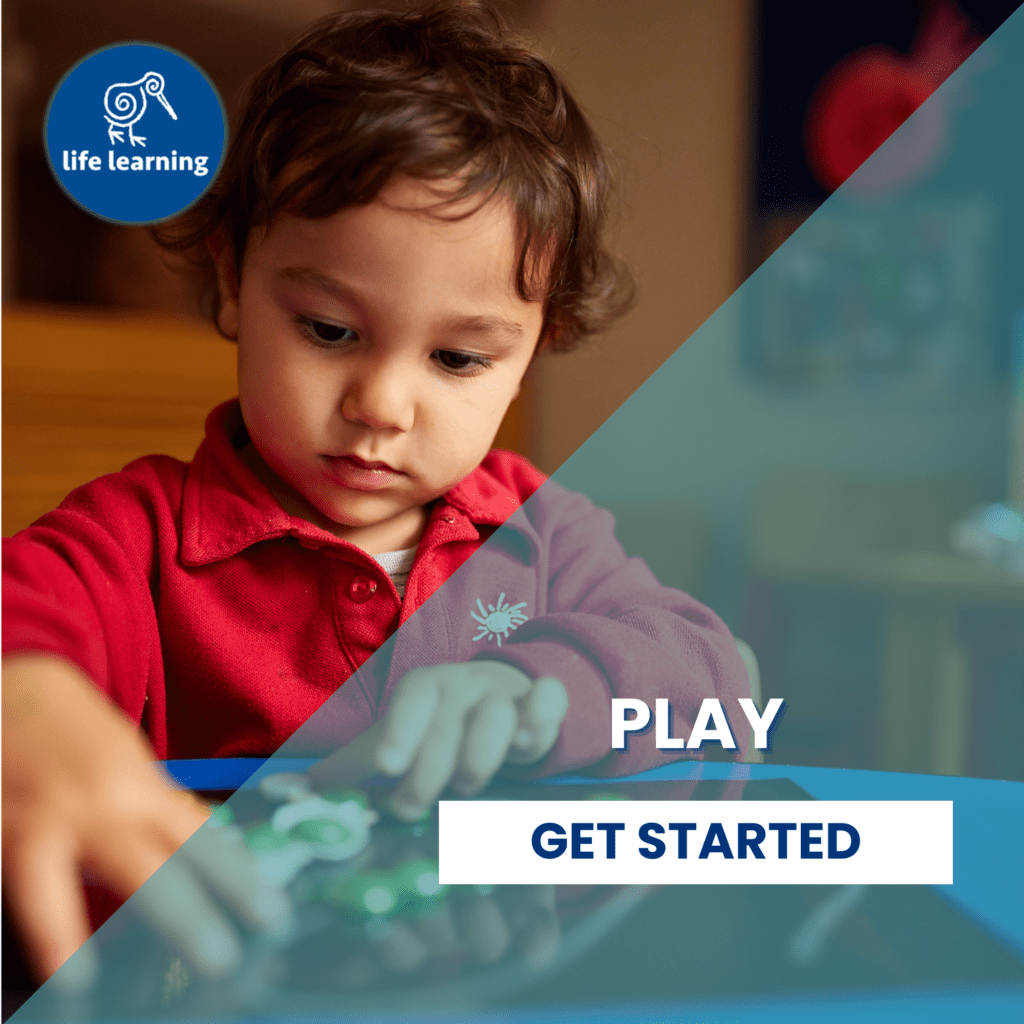
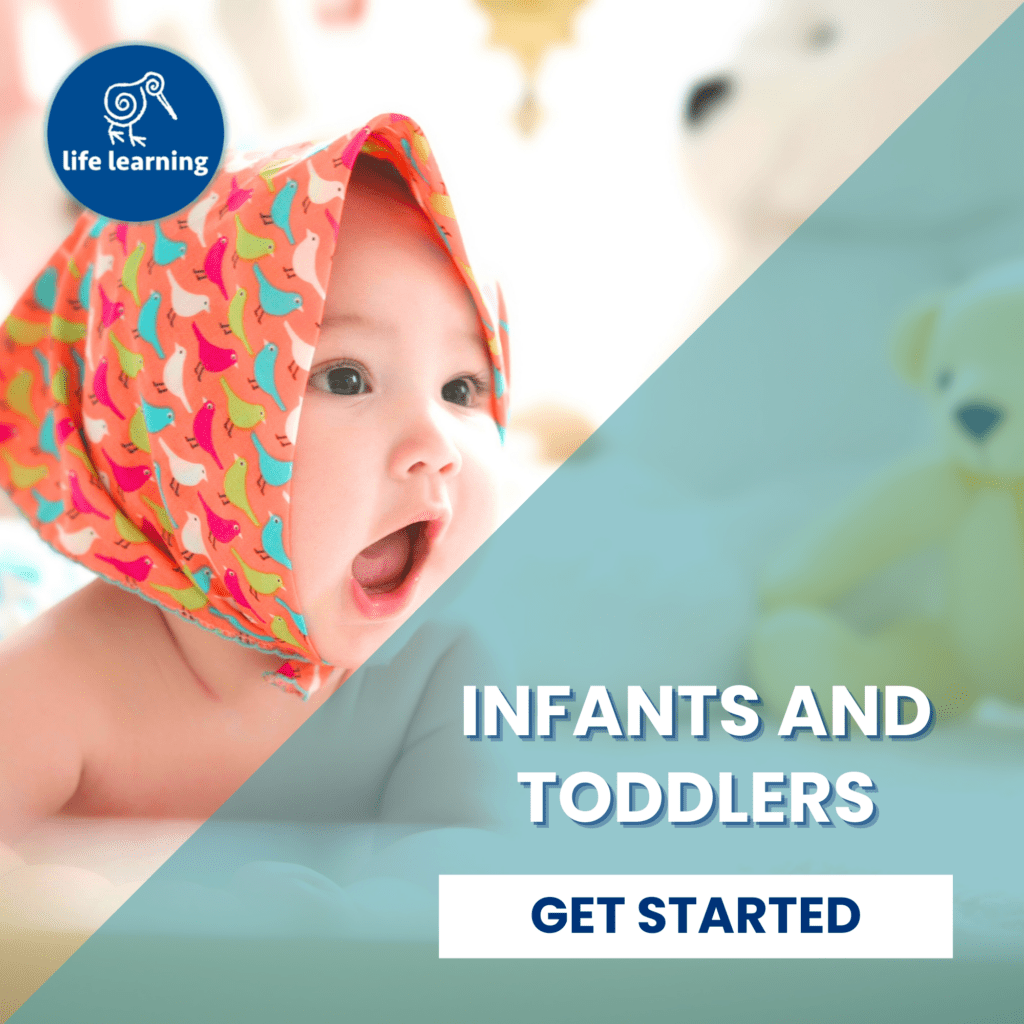
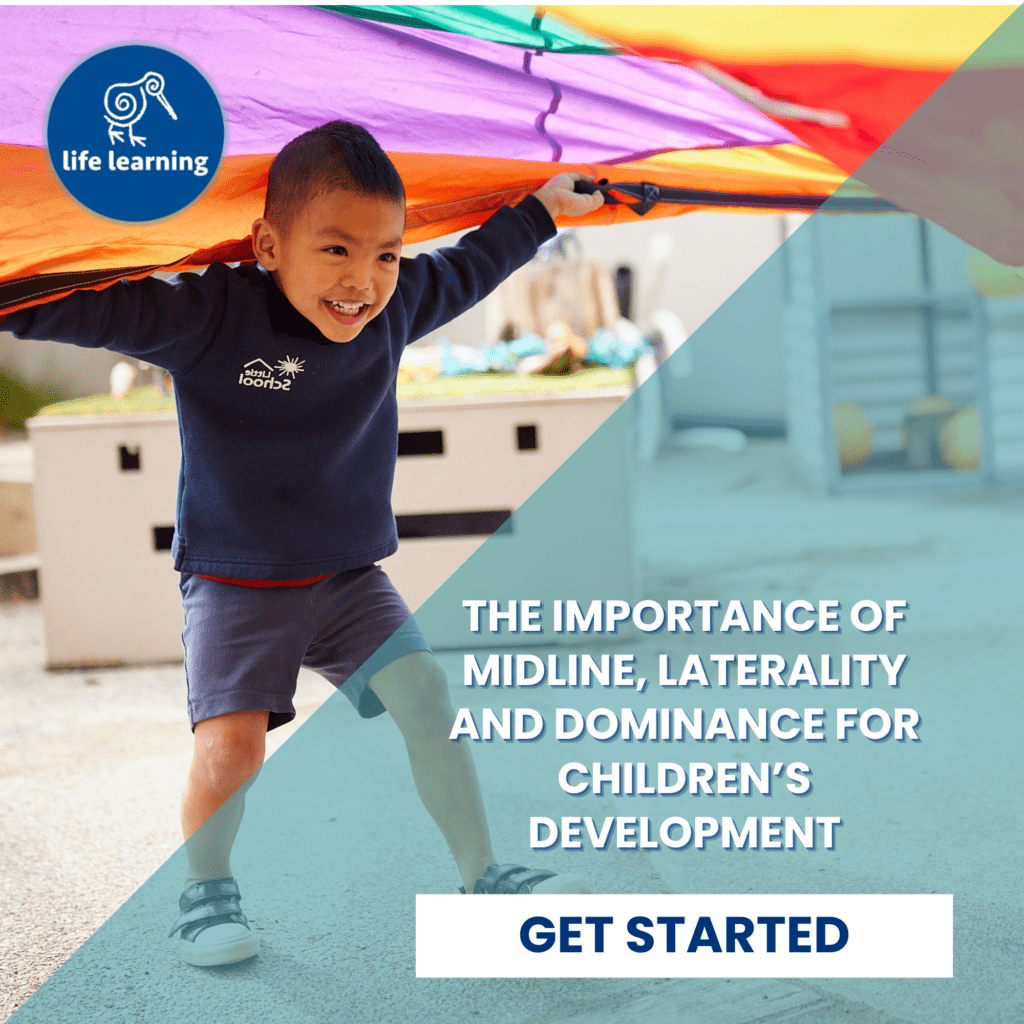
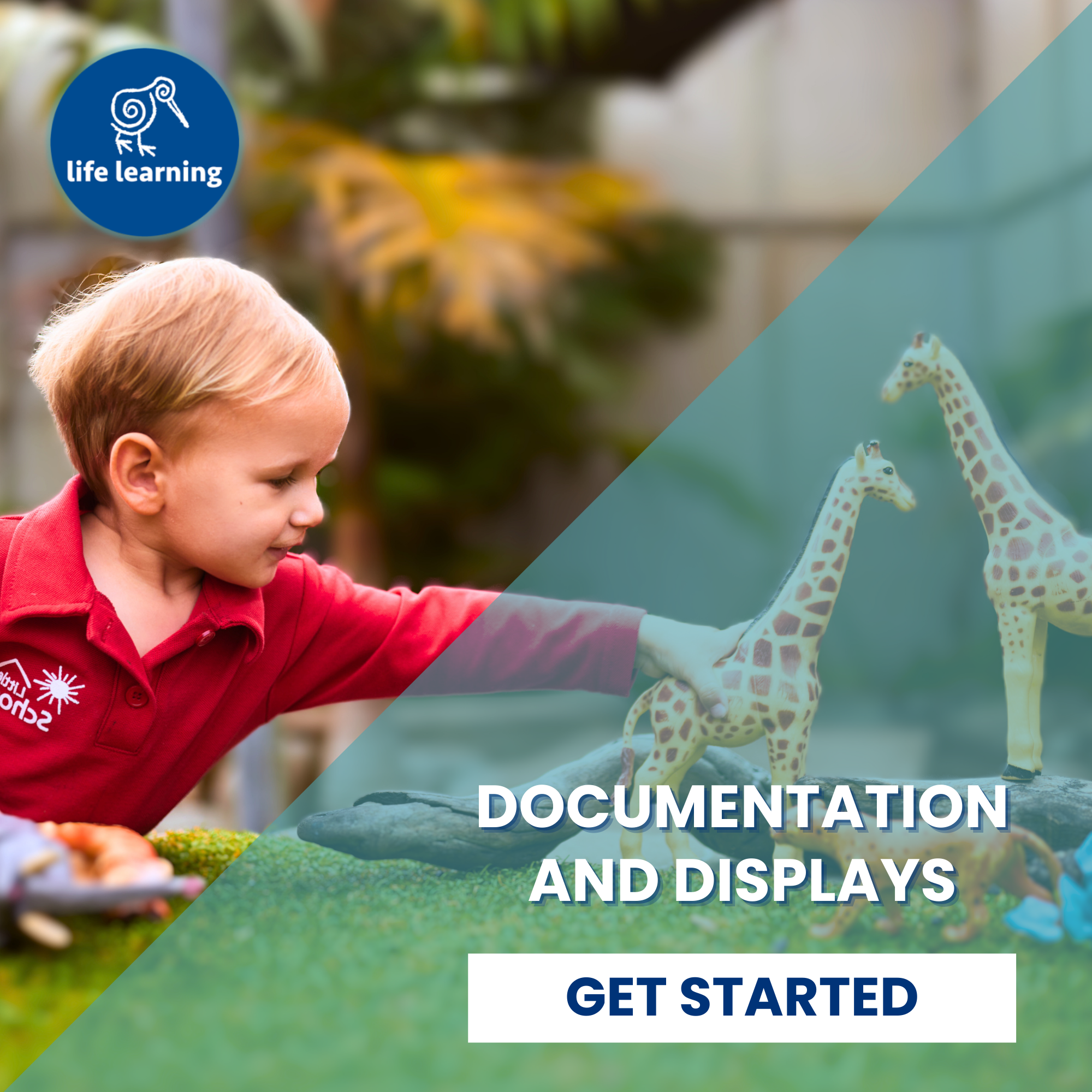
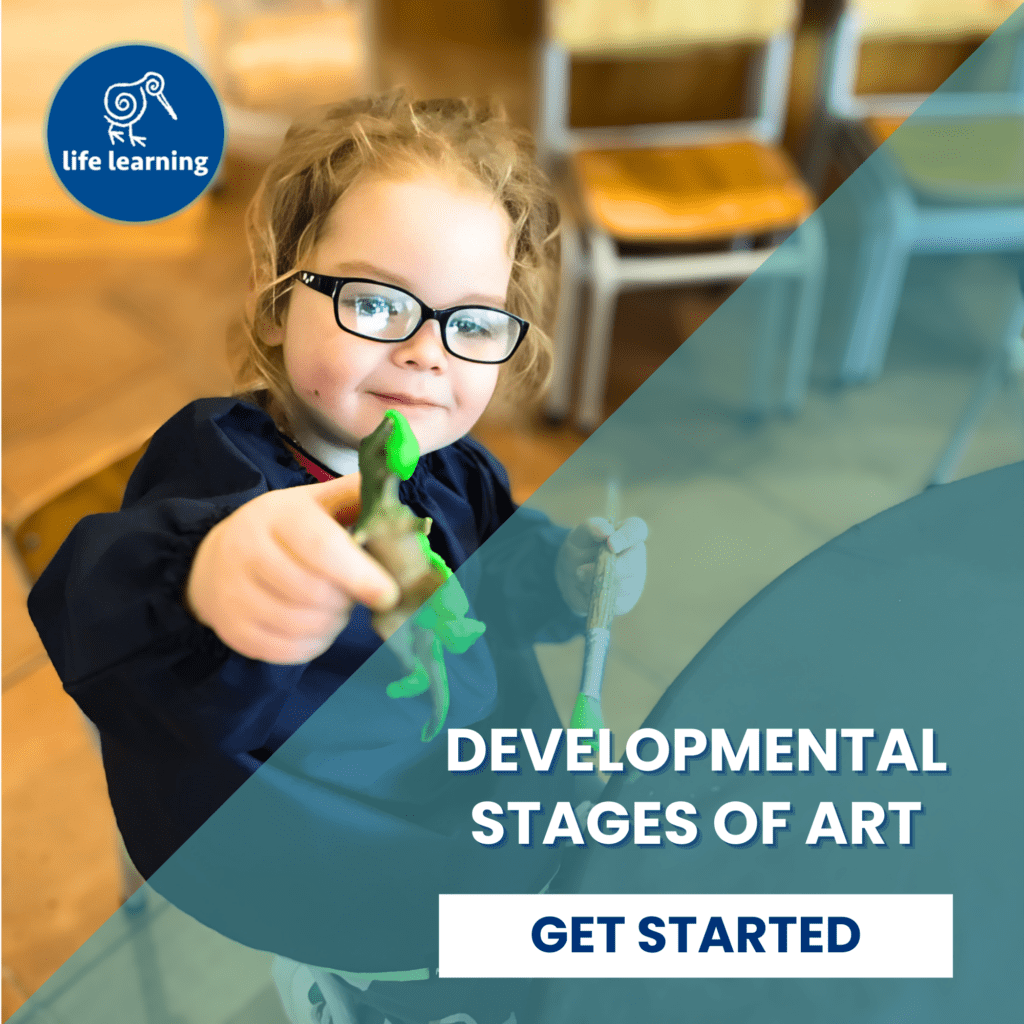
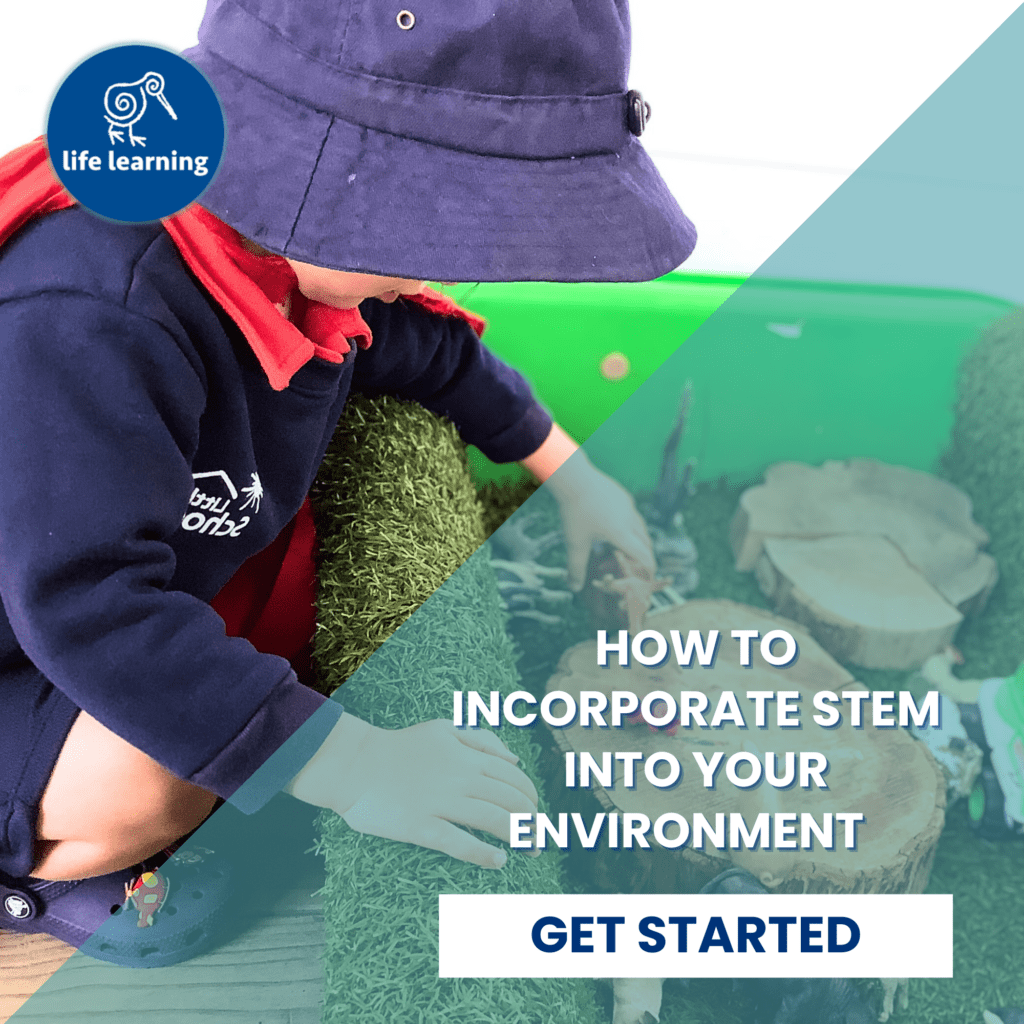
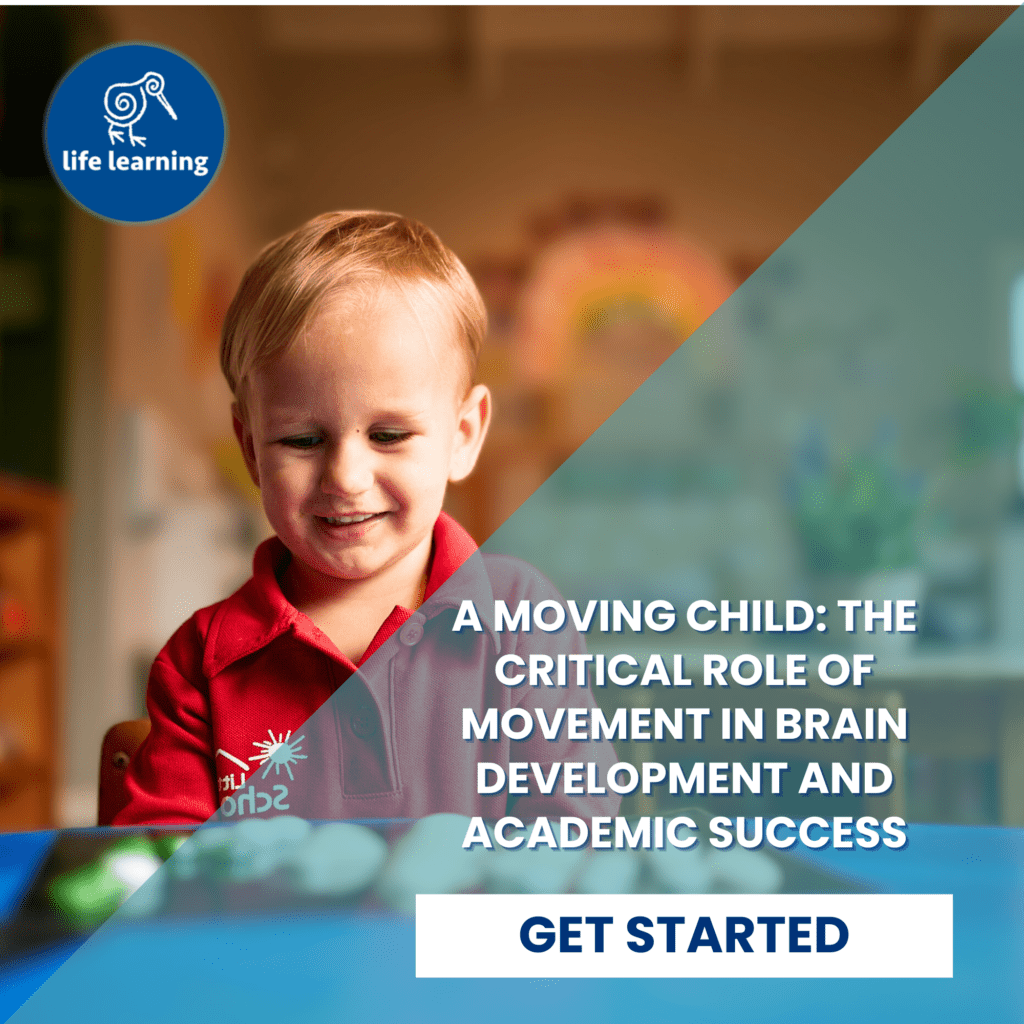
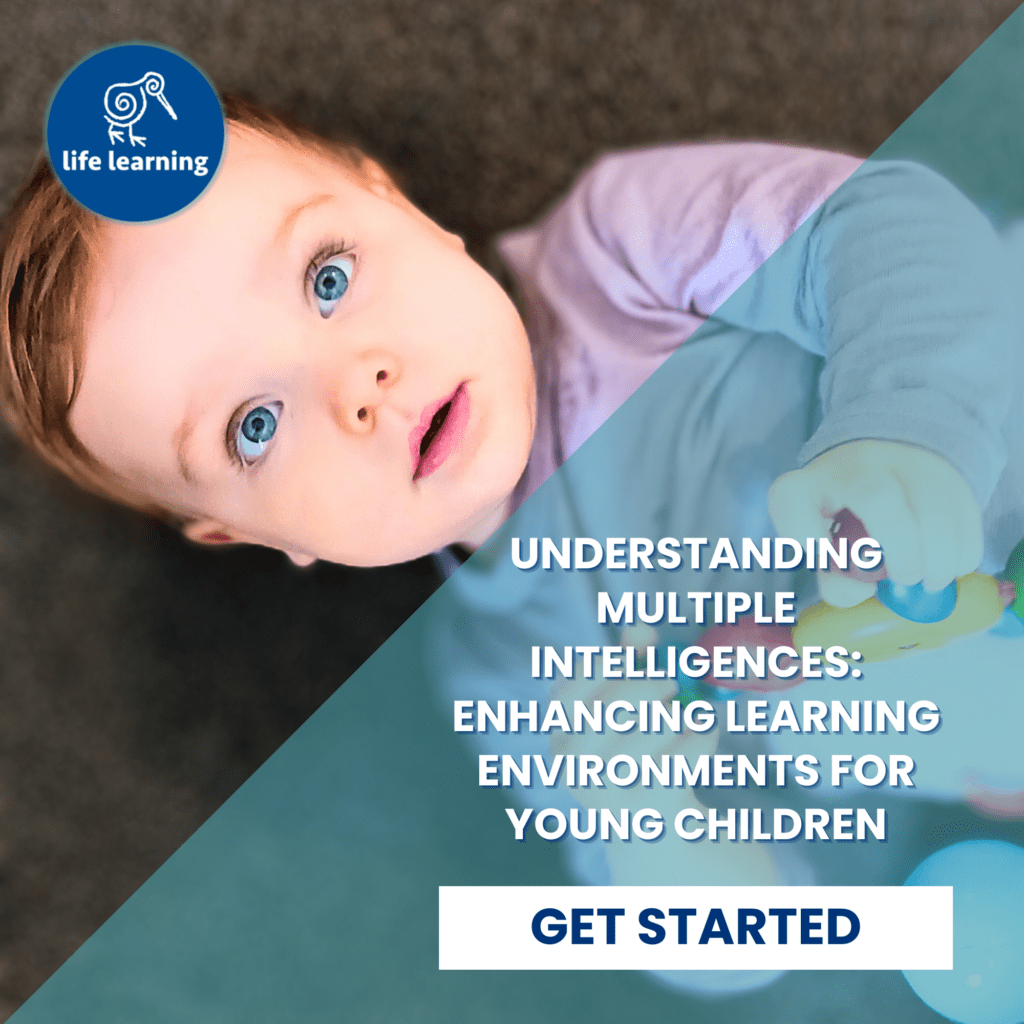
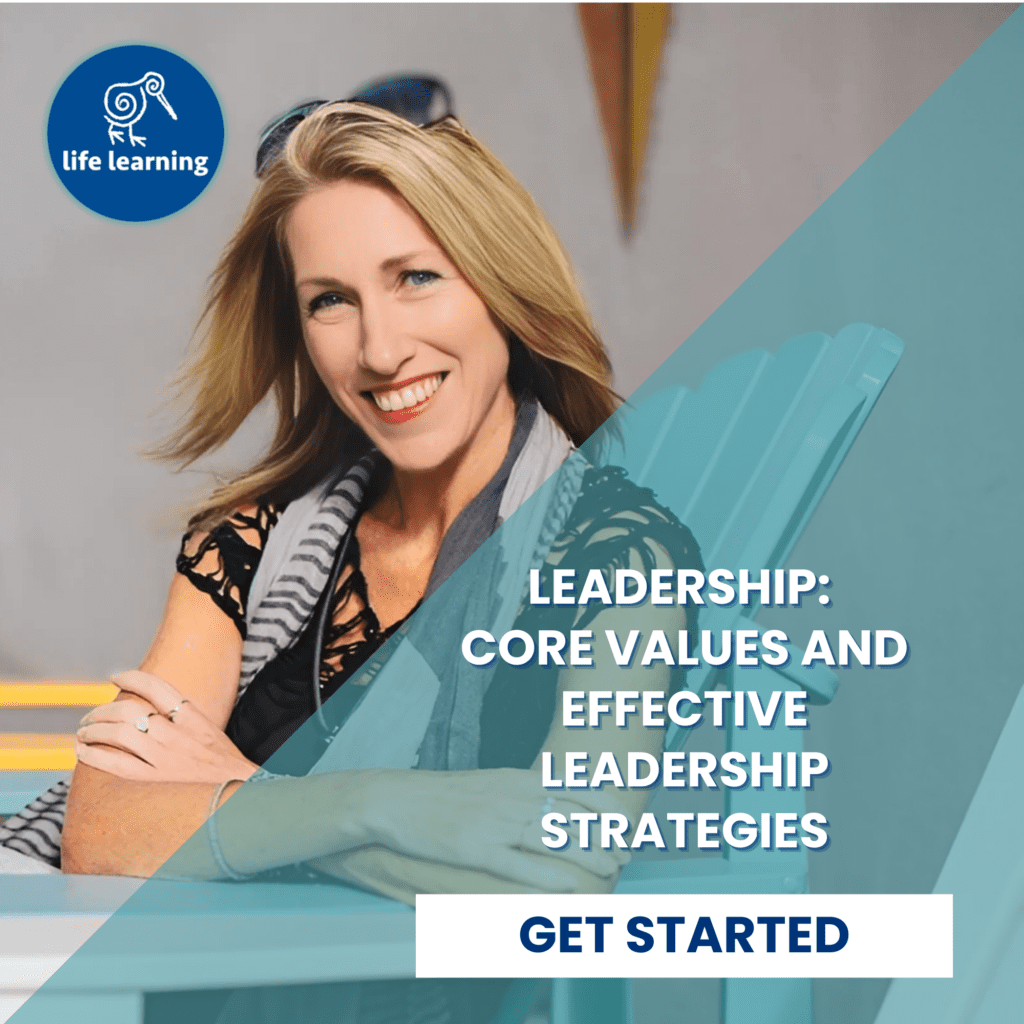
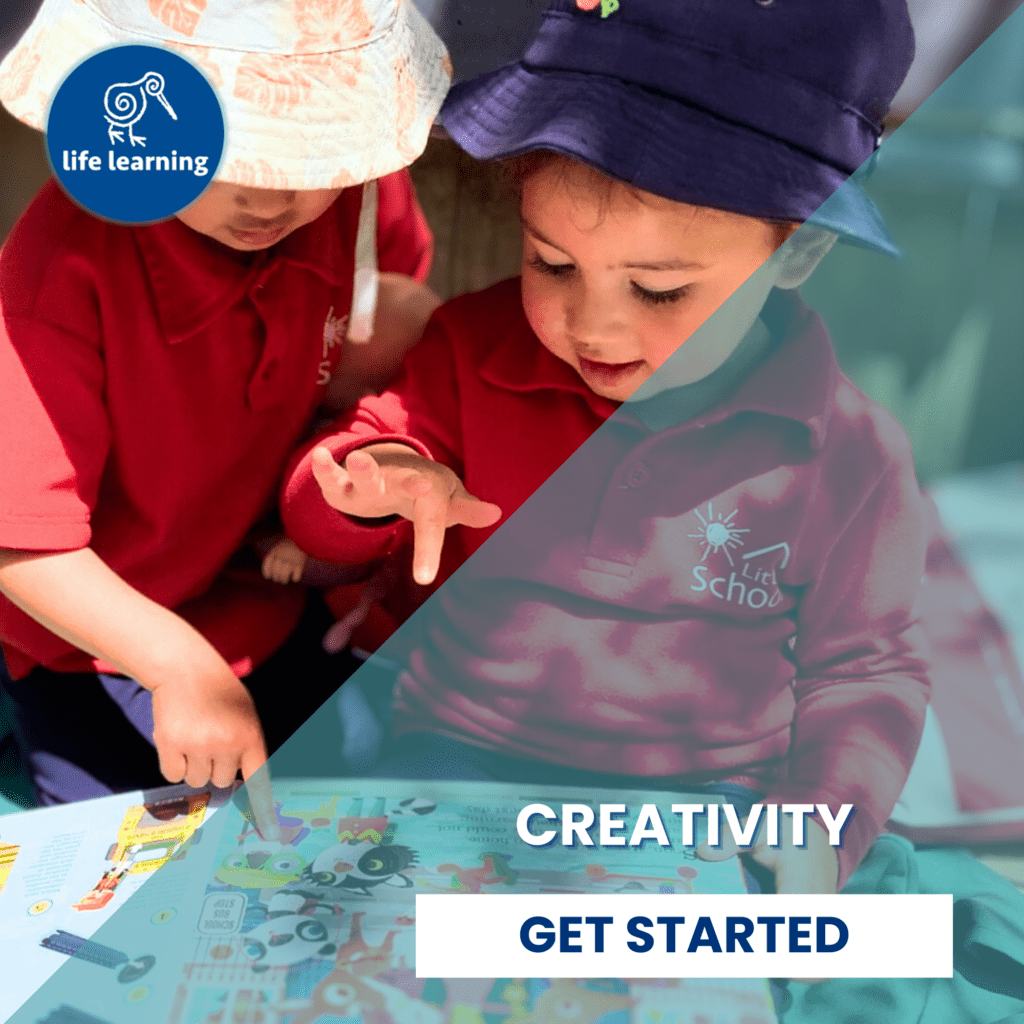


What our Clients Say!
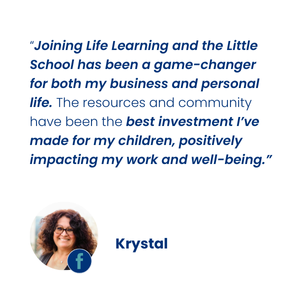
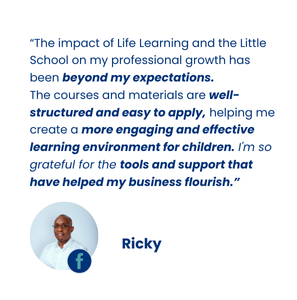
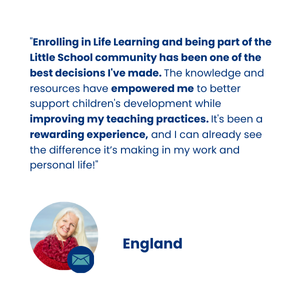


Keep up to Date with our Monthly Newsletter

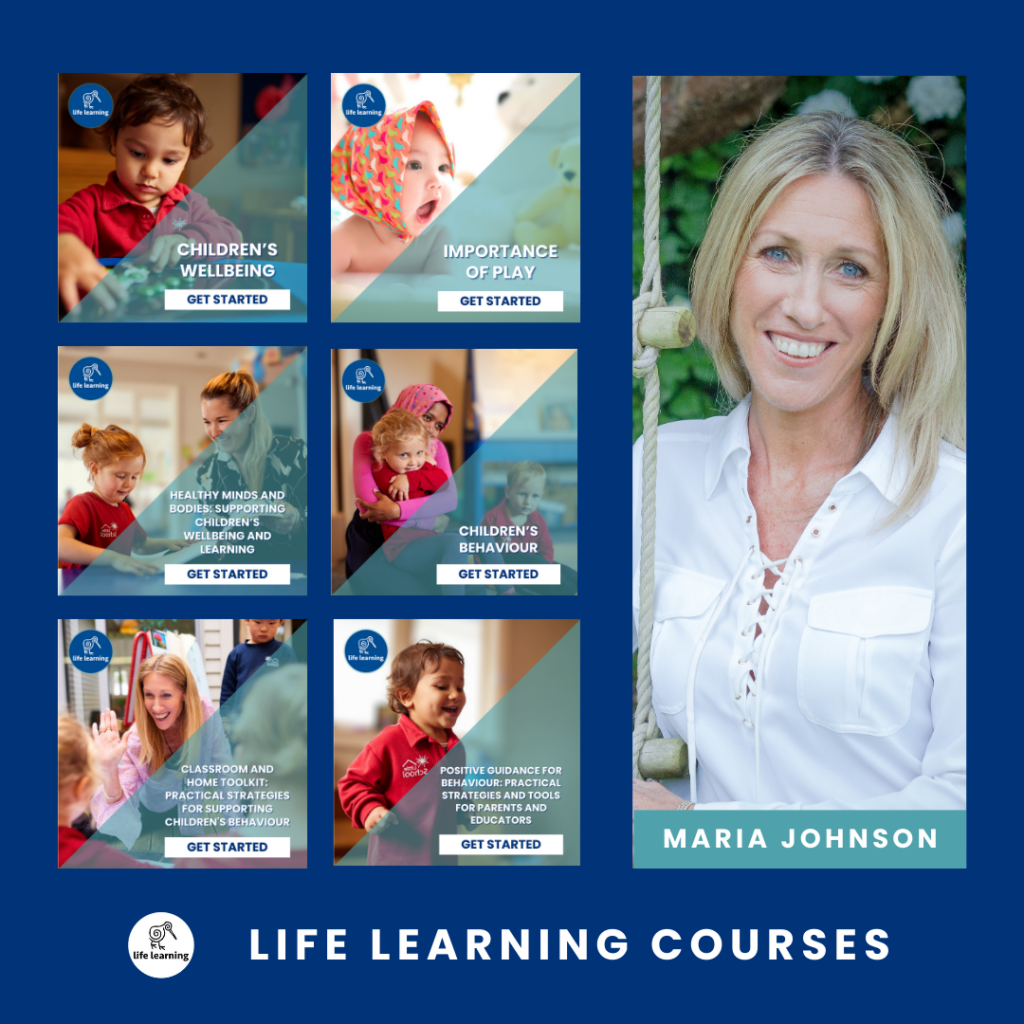

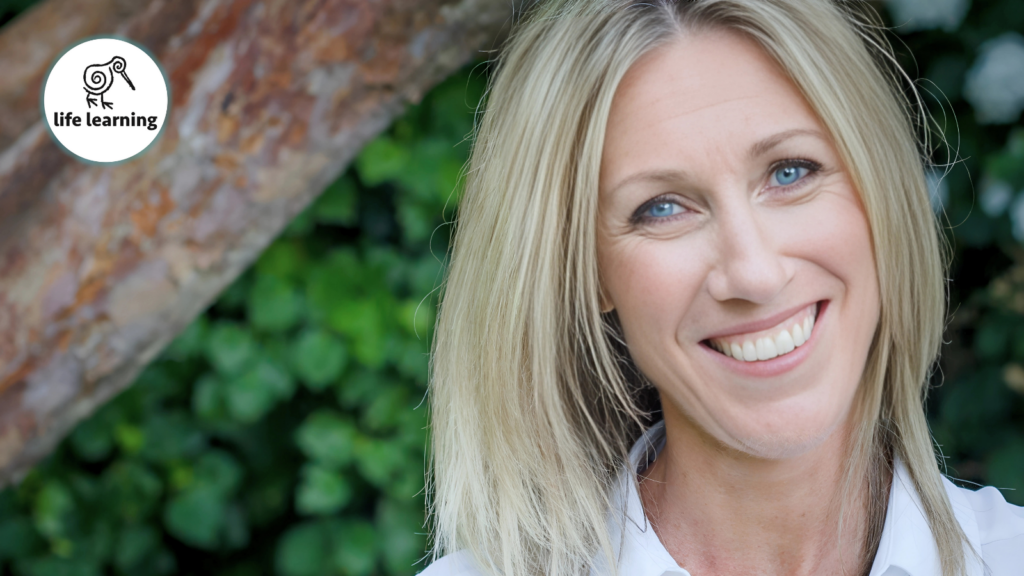
Hi. This page is amazing